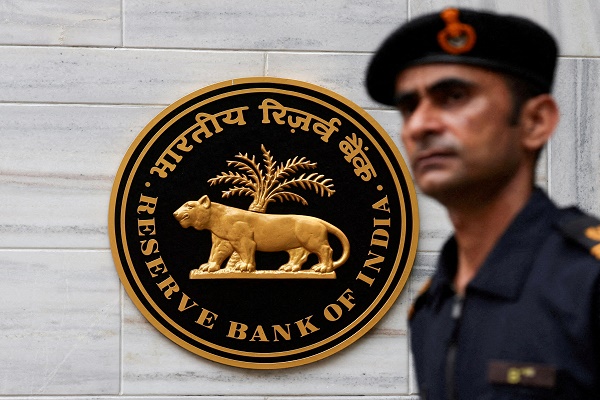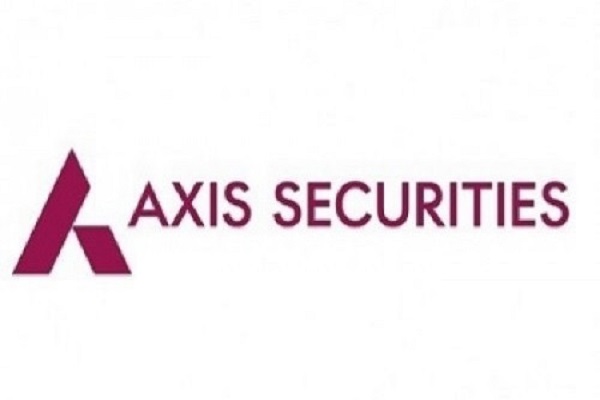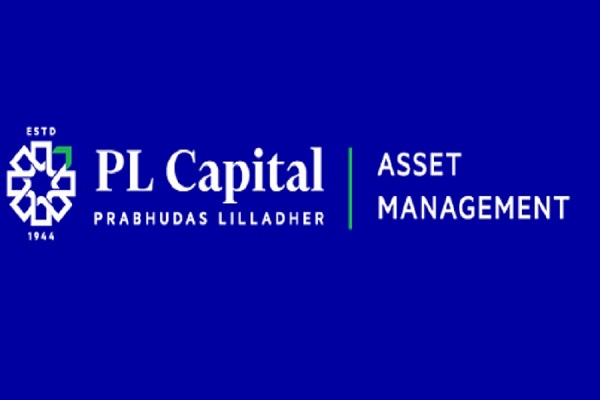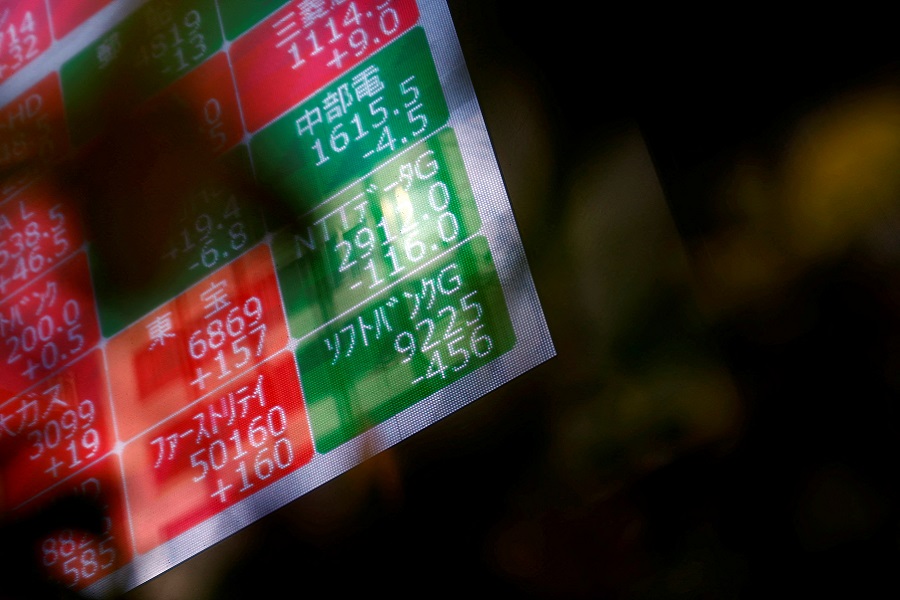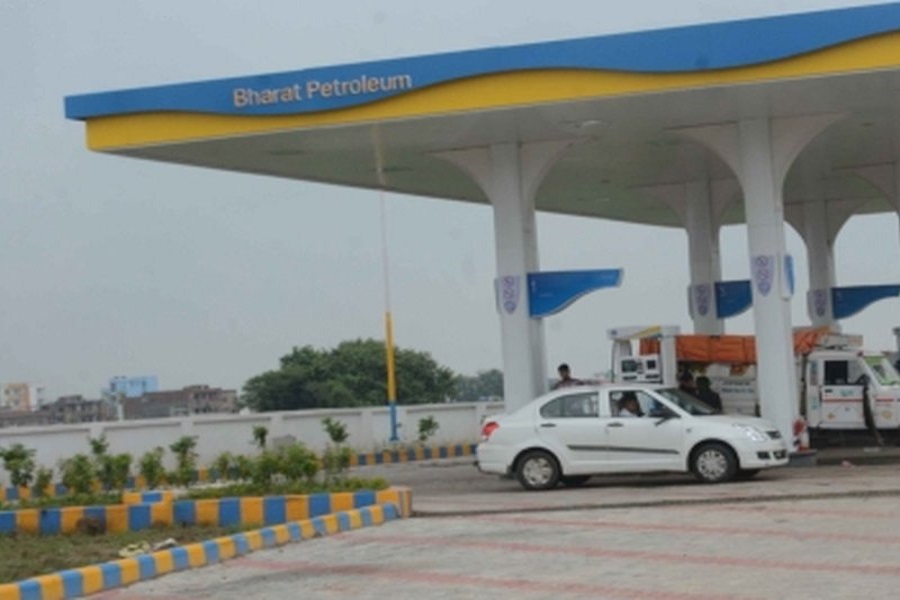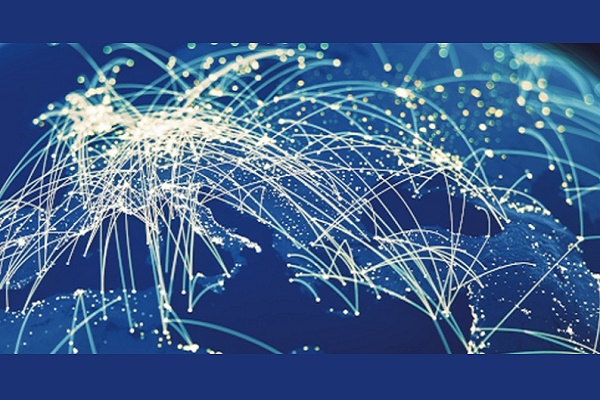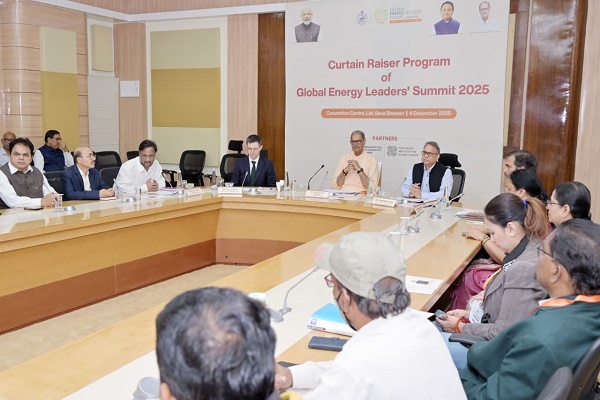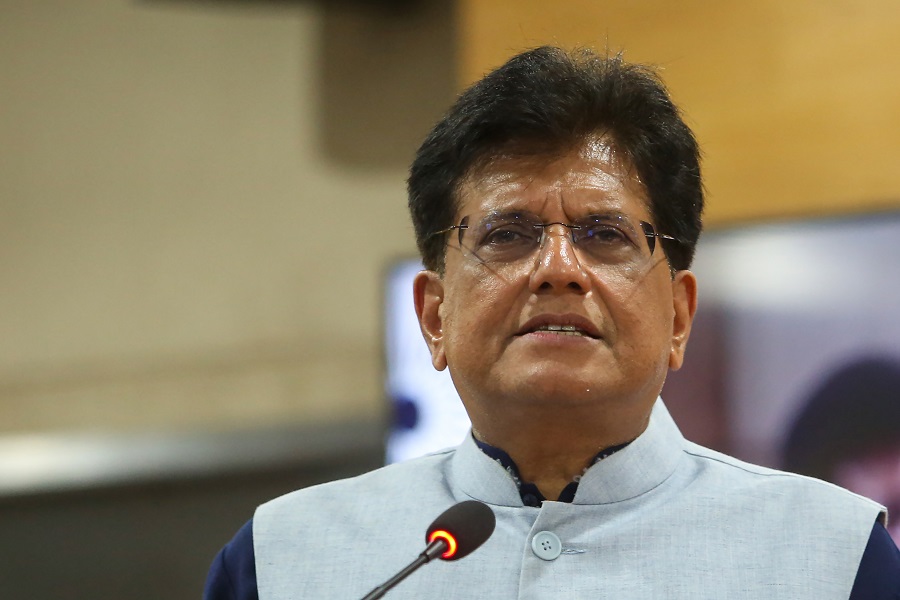India`s growth at 6.5% this fiscal to remain highest amongst advanced, emerging G-20 countries: Moody`s

Moody’s Ratings its report on emerging markets has stated that India’s growth at 6.5 per cent this fiscal will remain the highest amongst the advanced and emerging G-20 countries, supported by tax measures and continued monetary easing, and the country will continue to attract capital and withstand any cross-border outflow. It estimated that inflation to average at 4.5 per cent in the current fiscal (April-March), from 4.9 per cent in the last fiscal. The government in the Budget for the 2025-26 fiscal year has hiked I-T rebate to Rs 12 lakh from Rs 7 lakh, which gave tax relief of Rs 1 lakh crore to the middle class. Besides, the RBI in February had cut interest rates by 25 basis points to 6.25 per cent and it is widely expected that the Reserve Bank’s monetary policy committee (MPC) will cut rates again in its monetary policy review on April 9.
The rating agency in report has signalled that the emerging markets are exposed to uncertainty caused by the churn of US policies and its potential to reshape global capital flows, supply chains, trade and geopolitics. Meanwhile, the large EMs (emerging markets) have resources to navigate the turbulence. Moody’s has indicated that amid increased risk of capital outflow due to uncertainty in US policies, the large emerging markets such India and Brazil are better positioned to attract and retain global capital in risk-averse conditions owed to their large and domestically oriented economies, deep domestic capital markets, moderate policy credibility and substantial foreign exchange reserves. These attributes provide buffers against external financial pressures and, as a result, give investors confidence.
The rating agency has indicated that India has a low external vulnerability indicator of 61 per cent, indicating its relatively lower susceptibility to external financial shocks. Meanwhile, the country has a higher proportion of domestic currency-denominated external debt and hence is better insulated from exchange rate risks. It expects emerging markets growth to slow in the aggregate in 2025-26 but to remain solid with wide variation by country. It also expects Asia-Pacific to exhibit highest growth, however the region’s integration in global trade exposes them to US tariffs and their potential to slow growth.
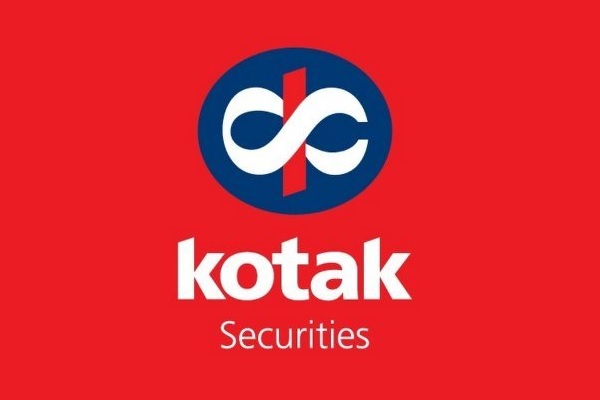

.jpg)


